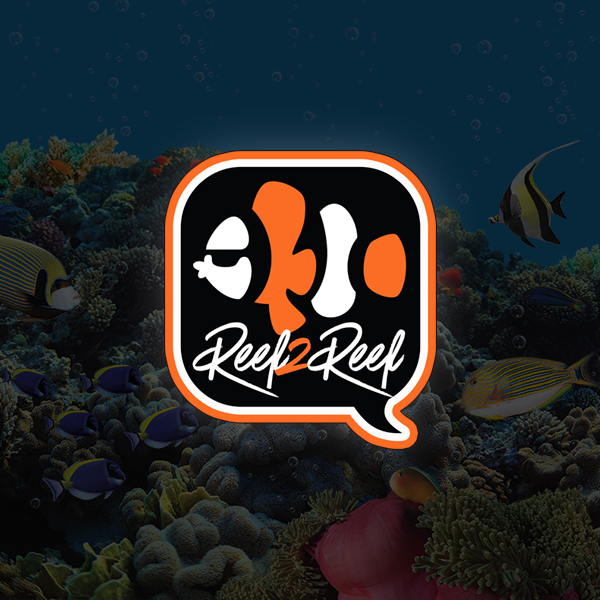Len answers how to make a stock solution of KMnO4 here: Ammonium Chloride and oxidizer (KMnO4), to grow corals, less water changes, and very low organo-phosphatesI would like to know how to make the potassium permanganate solution and how much to dose into my system.
He clarifies further on down in that thread: 22 GRAMS per liter
Presumably, this could be used to make the stock solution: Amazon.de : Innovating Science Potassium Permanganate Powder, 500g - Reagent-Grade - The Curated Chemical Collection
Potassium permanganate has a solubility in water of 5.0 g/100 ml at 20C (68F). So, I'm not sure how well 22g/1L will fully dissolve.
For dosing the stock solution, he said this:
Yes, 1 drop per 10 gallons from a 22mg per liter solution: of course , the dosage can be increased with caution, a higher dosage will definitely work to let the protein skimmer remove much more oxidized organics and absolutely starve and stop the growth of cyanobacteria!
When I was at his store, the KMnO4 didn’t get dosed until ORP had dropped down to ~ 350, and the dosing stops once ~ 500 has been achieved. I believe 400 is considered optimal. So, this is something you would need to tinker with until you get the dosing dialed in for your system.


